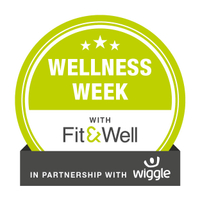Light therapy: everything you need to know, including does it work?
Light therapy is used to everything from seasonal affective disorder and anxiety to acne and jet lag. Here’s what you need to know…
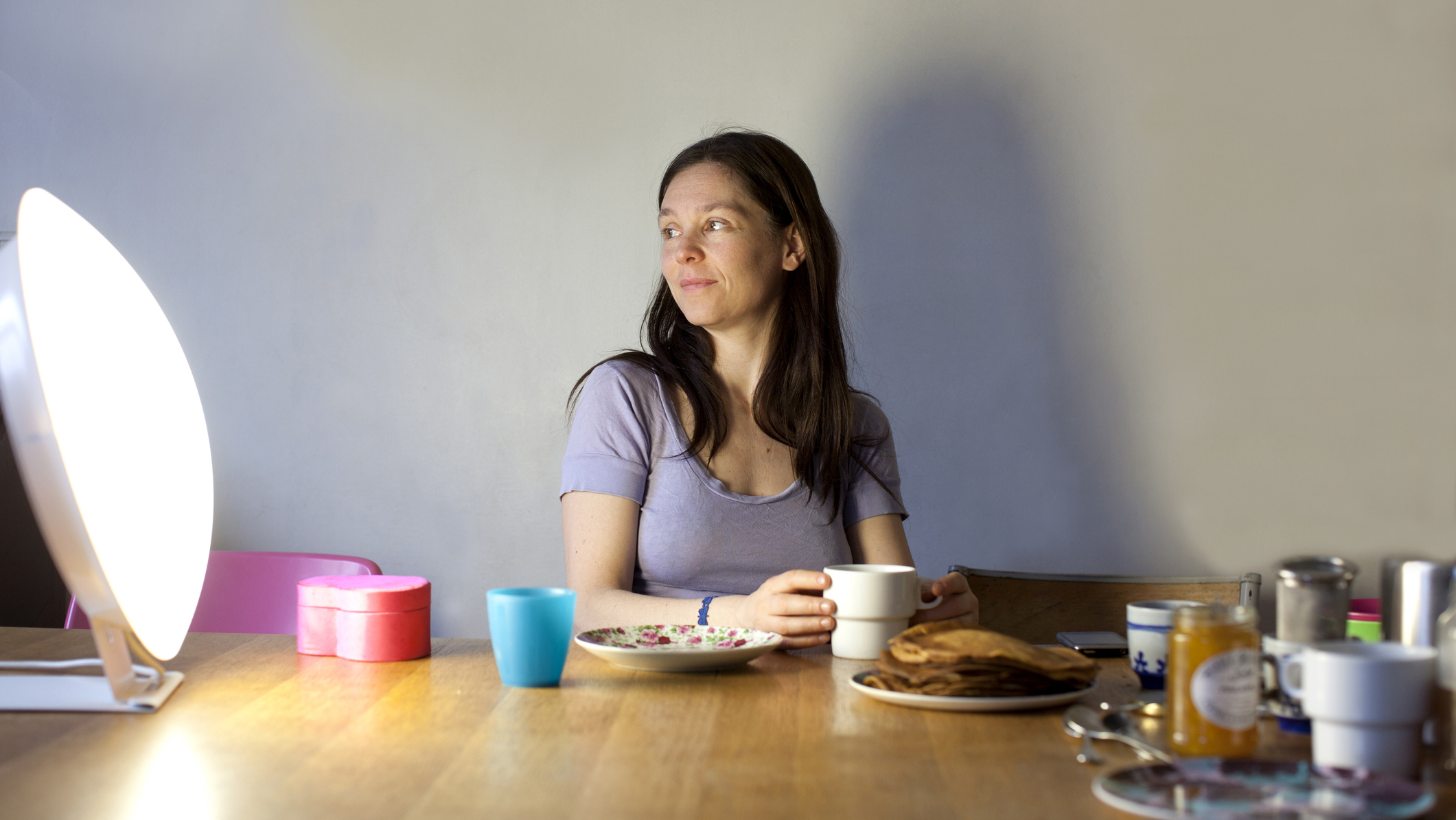
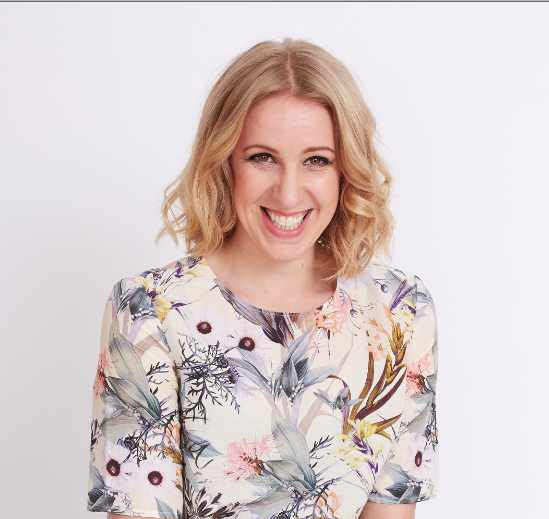
What is light therapy, we hear you ask? Allow us to explain...
Light therapy is a way to treat seasonal affective disorder (or SAD, a depression linked to shorter, darker days) by exposure to artificial light.
Also known as phototherapy, it’s thought to affect brain chemicals linked to mood and sleep, easing symptoms of SAD and other health conditions.
“Sunlight is energy and it has a bigger impact on the body than we ever realised,” explains Tim Gray, founder of Health Optimisation Summit and a leading biohacker (biohackers want to make their bodies and brains function better by "hacking" their biology). “Energy affects how the body works and repairs - if we don’t get enough sunlight, the body can’t run efficiently.”
- Best desk lamps: light-up your workspace and avoid eye strain
- Best vitamins for women over 50
Tim says: “Put it this way: if a plant is put under a tarpaulin with no sunlight, it won’t grow as it has no energy. Our bodies have the same reaction - just not so obvious or instant.”
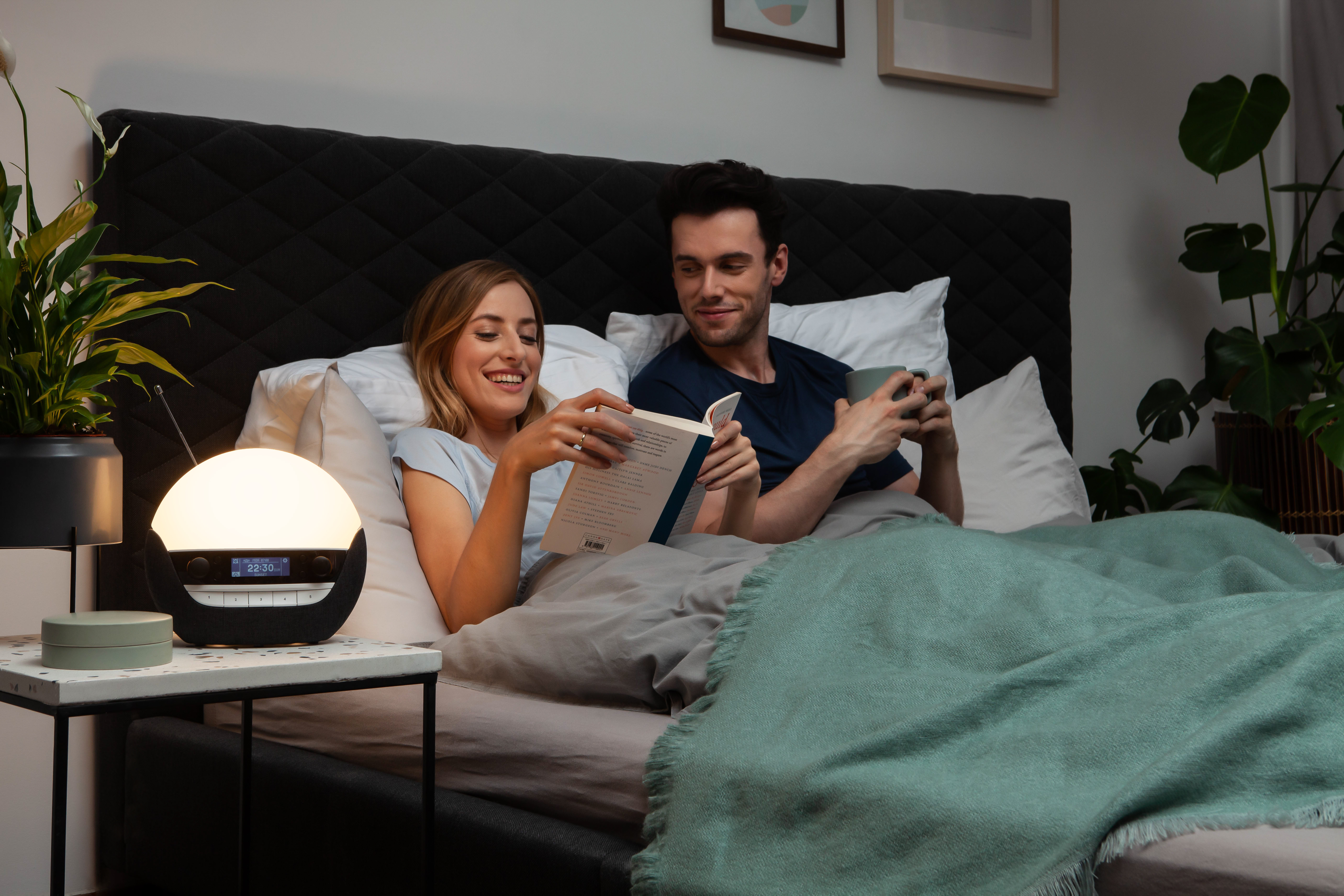
What is light therapy used for?
In addition to SAD, light therapy is often used to treat depression, anxiety, chronic pain, sleep disorders, psoriasis, eczema, acne and even jet lag. It can also help balance hormones and our circadian rhythm (the body’s sleep-wake cycle), heal wounds and injuries, reduce inflammation and reverse sun damage.
The body uses the light as energy to restore and rejuvenate damaged cells, or, in the case of skin issues, kill bacteria. This energy stimulates the production of collagen and elastin, boosting circulation and accelerating tissue repair. As such, light therapy has even been shown to improve the appearance of wrinkles!
Get the Fit&Well Newsletter
Start your week with achievable workout ideas, health tips and wellbeing advice in your inbox.
Clinical trials have also shown that certain wavelengths of light can improve wound healing, decrease chronic pain and back issues.
The colour of the light can make a big impact, too. As Gray, explains: “Red light, which is most like a sunset, is very healing and regenerative, while green light therapy is calming and has been known to help treat migraines.
“Blue light, most like a sunrise, is stimulating; it stops the body producing the sleep hormone melatonin, which is why we block blue light devices in the evening to improve sleep. It’s also why I wear my BLUBlox blue-blocking glasses every night after sunset.”
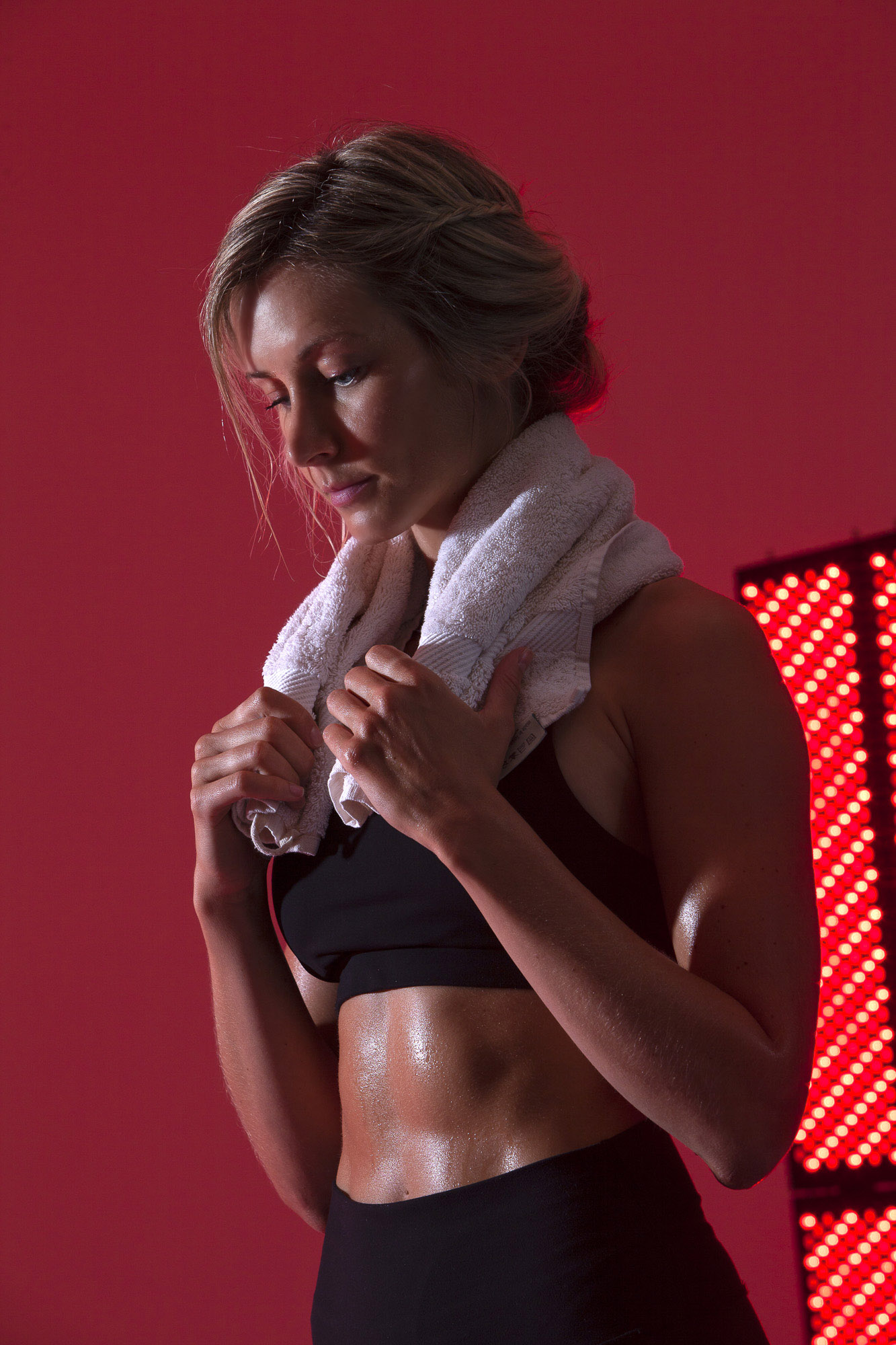
How does light therapy work?
An increasing number of wellness facilities are offering light therapy - but what should you expect at a session?
During light therapy, you sit or work near a light box or SAD lamp, which is designed to simulate sunlight – a natural mood booster. Studies have shown that the light impacts our body’s level of serotonin, known as the happy hormone.
Another theory is the bright light that mimics the sun interacts with the back of the eye. That sends a signal to the brain about our body’s internal clock – in effect ‘tricking’ the brain into thinking the day has started, even when it’s dark outside.
The intensity of the light in light therapy boxes and SAD lamps is measured in lux – the higher the lux, the more powerful the light and the shorter the treatment can be. Sessions can last anywhere from 15 minutes to an hour.
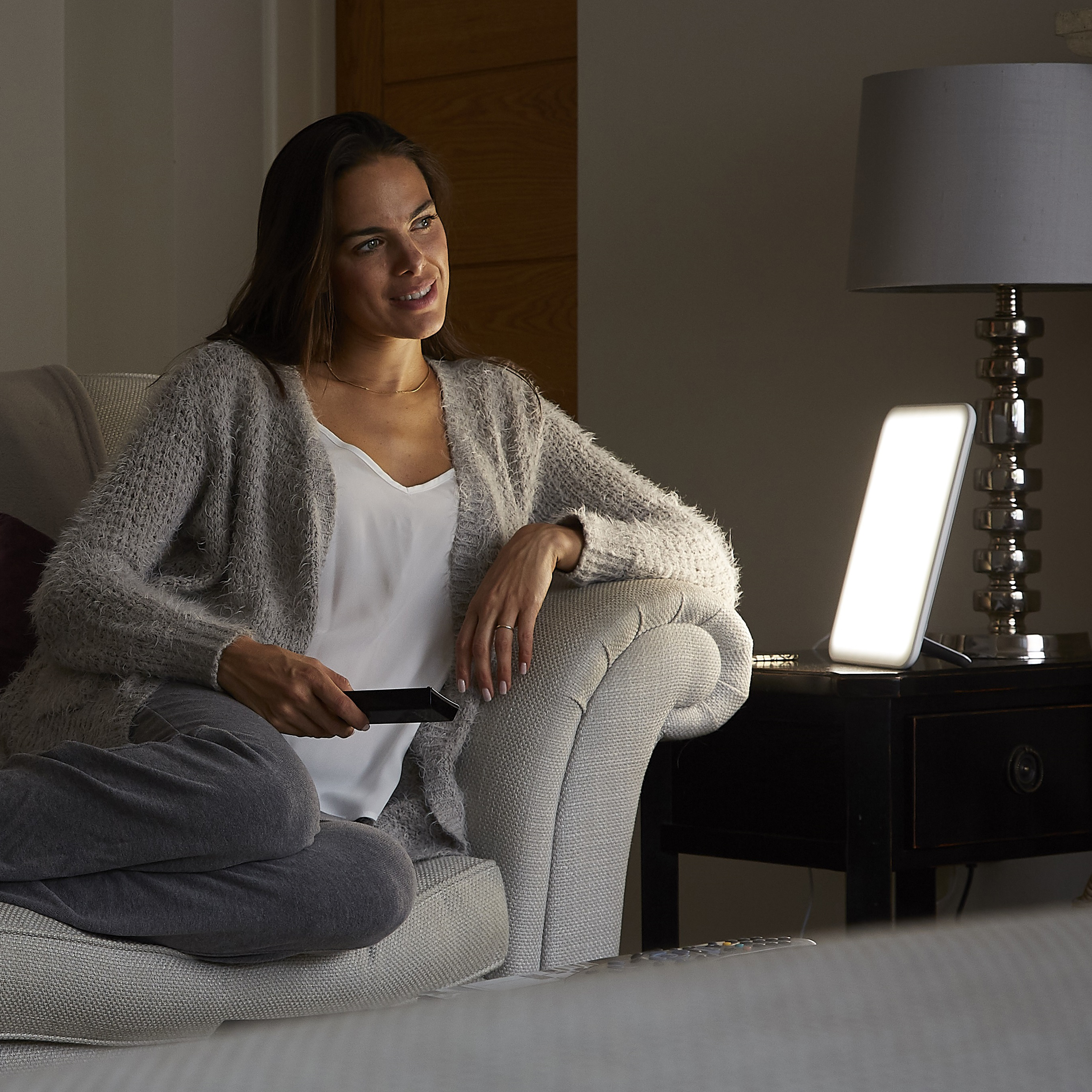
Light therapy and SAD
People who suffer from seasonal affective disorder typically have symptoms including depression, low mood, anxiety, fatigue and low sex drive.
Light therapy is thought to help improve this by encouraging the brain to reduce the production of melatonin (the sleep hormone) and increase the feel-good hormone serotonin.
The light produced by medically certified SAD lamps – which need to be 10,000 lux minimum to be effective – simulates the sunlight that’s missing during the darker winter months.
The best SAD lamps or light boxes come in all sorts of styles and designs, from desk lamps to dawn-stimulating alarms clocks, which mimic a sunrise by gradually lighting up a room.
Research has found that when used properly, light therapy can help improve SAD symptoms within a week.

Do light therapy lamps work?
Studies have shown that during the winter when daylight hours are short, light therapy can help to adjust the circadian rhythm, the body’s sleep-wake clock. This in effect helps balance mood and reduce feelings of depression.
In Tim Gray’s case, he believes light therapy helped speed up the healing process after major surgery.
“Three years ago I had an operation and a very big wound. I used red light therapy every day for 20 minutes (about 6-7cms away from the wound) and it healed in three weeks. Doctors had told me it would take at least 3 months to heal!”
Tim also points to the work of John Ott, author of Health and Light.
“John was working for Disney, growing plants and taking photos of them to see how they bloomed so that the illustrators could mimic this process in films. What he realised was, the flash from the camera was interrupting the plants’ sleep patterns and they wouldn’t grow.”
John’s research found that all living organisms need the full spectrum of light from the sun to thrive. He later turned his attention to how light affects humans, noting that the colour temperature could impact mental health. He found certain lights reduced hyperactivity in classrooms and negative behaviour in prisons.

What to expect from light therapy
To be effective, the light must enter your eyes indirectly, so while your eyes need to be open, you mustn’t look straight into the SAD lamp or box.
Getting light exposure as early as possible, ideally as soon as you wake up, has been seen to be most effective as it helps to signal to the body to stop producing melatonin – letting it know it’s now daytime.
Gray says: “Light therapy often makes you feel very warm from the inside out, especially on the area you’re focussing. Red light in particular is warming, depending on the wavelength, and can make you feel calm and relaxed.”
Is light therapy safe?
Light therapy is generally considered safe and side effects are rare, mild and tend not to last long. These can include eyestrain, headaches, nausea and irritability.
If you experience any of these symptoms, it may just mean you need to move further away from your light box, take breaks during longer sessions or change the time of day you do light therapy.
Make sure you follow any recommendations from your doctor and follow the manufacturer’s instructions – don’t overdo the suggested dosage. Plus always contact your GP if you experience any worrying side effects.
Note that light therapy is not recommended for people with bipolar as it may trigger mania in some people so it’s best to seek advice from a medical professional before trying it.
Wellness Week on Fit&Well
Wellness Week is brought to you in association with Wiggle. Each day this week, we'll help you accelerate your wellness journey by making improvements across areas including fitness, diet and nutrition, mindfulness and more.
Maddy Biddulph is a freelance journalist specializing in fitness, health and wellbeing content. With 26 years in consumer media, she has worked as a writer and editor for some of the bestselling newspapers, magazines and websites in the US and UK.
She is also a qualified L3 personal trainer and weight loss advisor, and helps women over 40 navigate menopause by improving their physical and mental strength. At Maddy Biddulph Personal Training, she runs one-to-one and small group training for menopausal women who want to get fit to ease symptoms and feel like themselves again.
-
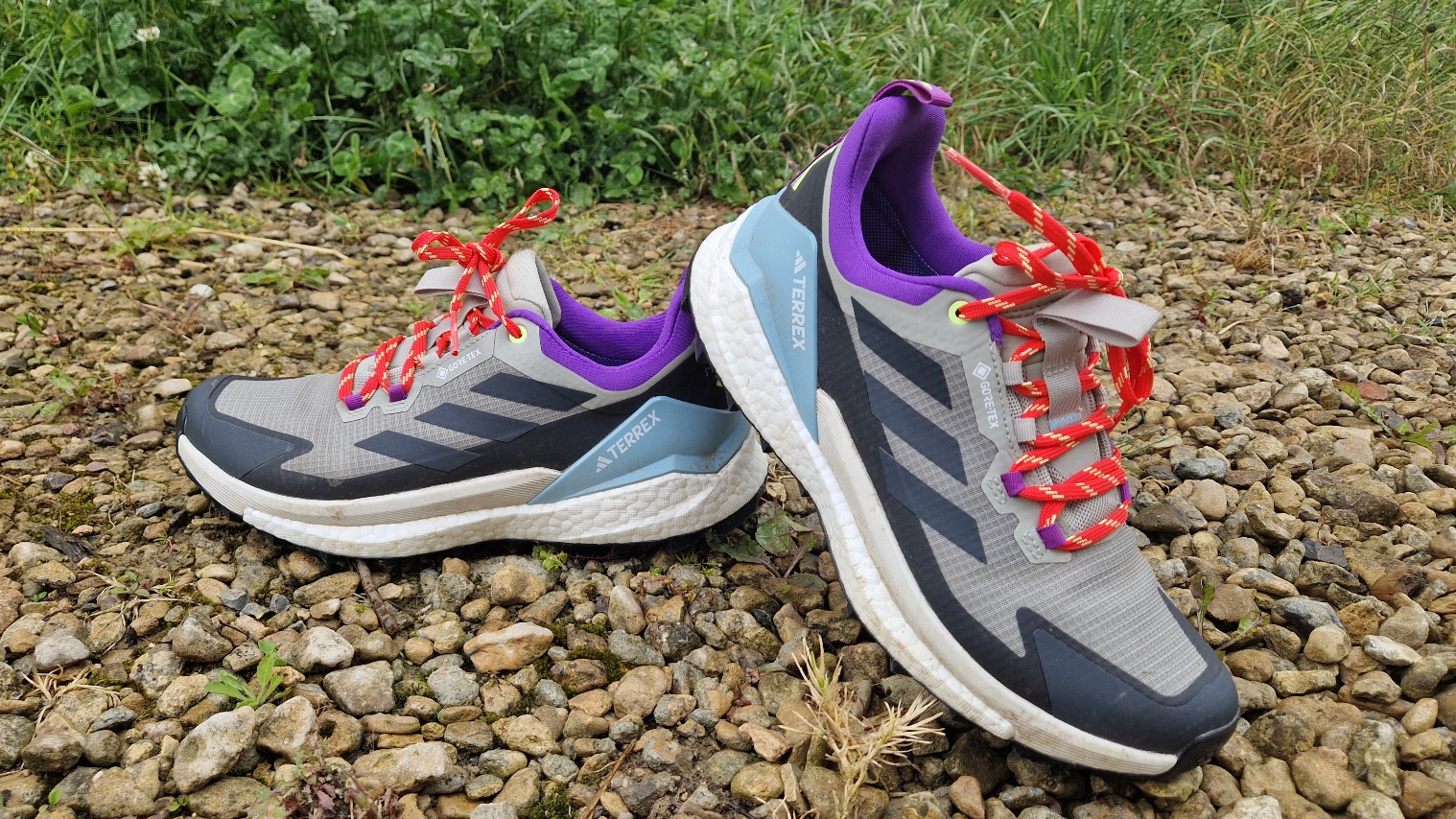 This might be your last chance to get my favorite waterproof walking shoe, and it's 25% off
This might be your last chance to get my favorite waterproof walking shoe, and it's 25% offDeal These Adidas Gore-Tex shoes are the most watertight I've tested
By Lou Mudge
-
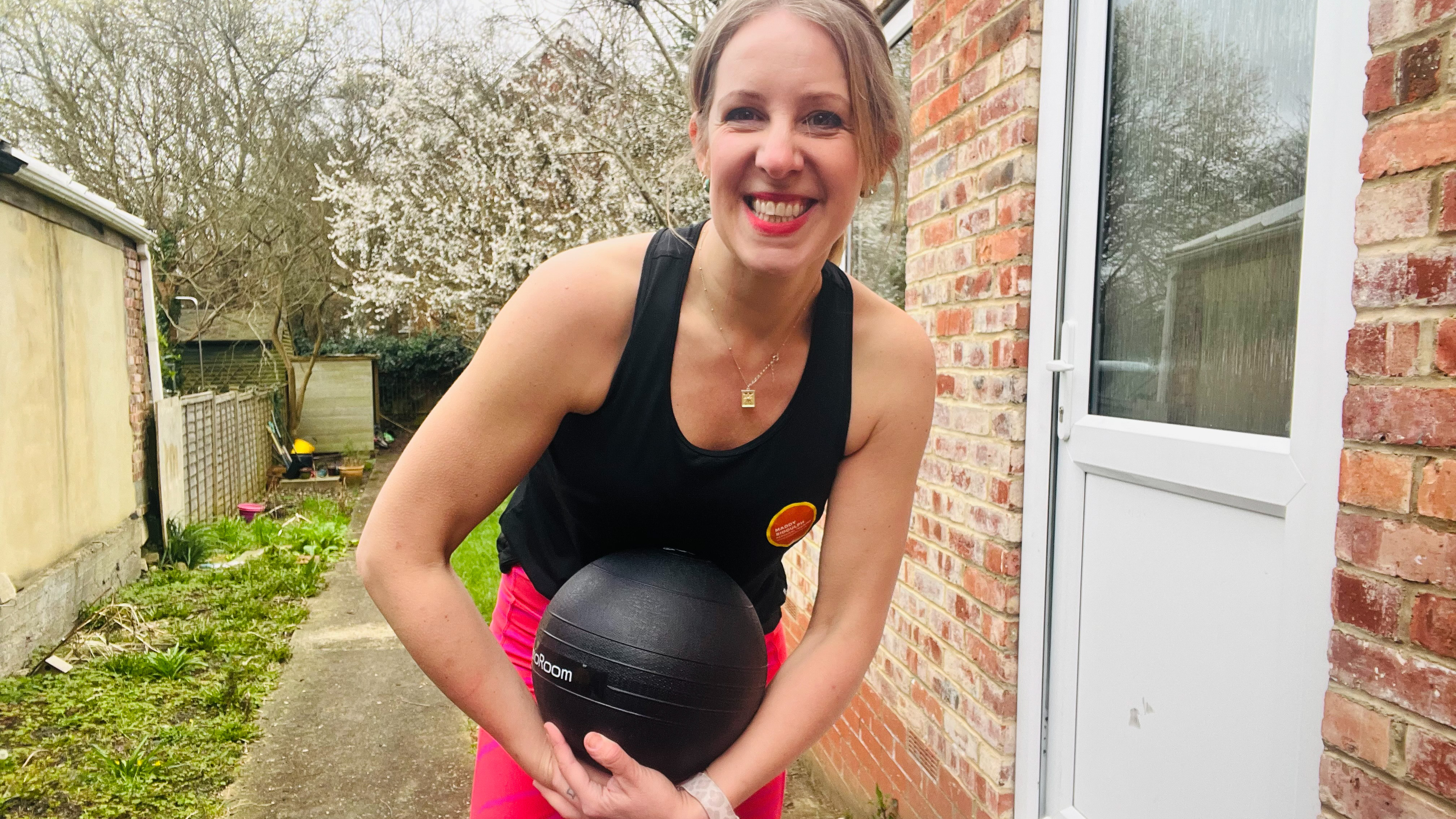 I tried wall balls for 30 days and the results surprised me
I tried wall balls for 30 days and the results surprised meTry this fitness challenge to boost total body strength
By Maddy Biddulph
